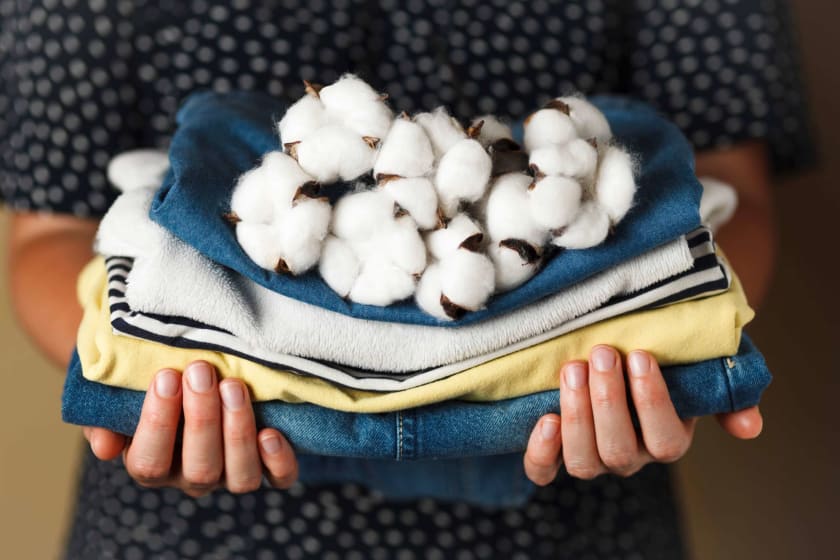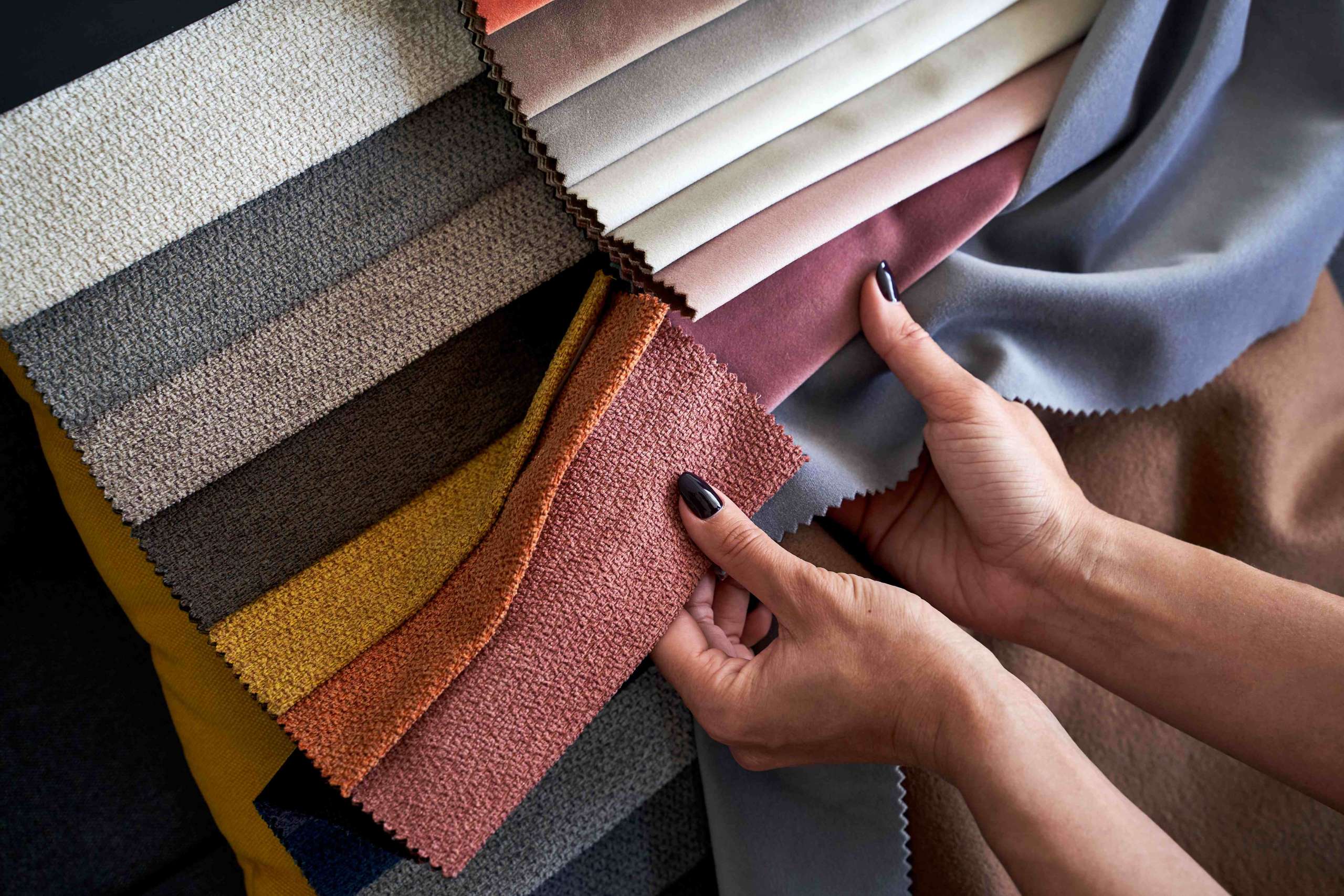How to Calculate Raw Material Cost?



Raw materials such as fabric, labels, threads, trims, and tags, which are required for a garment, are sourced from distant suppliers. To determine the correct material cost, manufacturers need to know the prices of each of these materials. Material cost is one of the critical components of the cost of a garment; thus, clothing manufacturers must know the right way to calculate the raw material cost.
What does the cost of garments mean in the textile industry?
Before knowing more about the raw material cost and how to calculate it, a garment manufacturer must have a keen knowledge of the cost of garments. In fashion manufacturing, the cost of a garment means that process that includes estimating and determining the final cost of any garment. This price is calculated using raw material cost, cost of garment making, shipping, trimming and packaging costs, operating expenses, and labor costs.
The cost of garments is a vital metric that fashion manufacturers worldwide use to calculate profit per garment produced. For instance, sellers know that if they sell their product equal to or more than the original cost of the garment, they are in profit and have not lost any money on sales. However, the price of a garment is different from a buyer’s perspective because it would include both the original cost of the garment and the markup by the seller so that they can make a profit from the sale.
Methods and techniques used to determine the cost of the garment
The cost of a garment is calculated using various methods and techniques. Some factors that are considered while calculating the cost are as follows:
- Types of fabric used
- Kind of trim used in the fabric
- Testings that the garment manufacturer did on the final product
- Cost of logistics to transfer the raw materials
- Profits made by various individuals involved in the manufacturing process
- Embroidery, washing essentials, and printing materials used to give the final touch to garments
In addition to these, other essential factors, such as measurements, the number of items ordered, and the cost of dyes used in the garment, are also taken into account. Finally, these metrics are put into a document called the Bill of Materials.
Caption - Example of a bill of materials
Some of the critical methods used in determining the cost of a garment are as follows:
Job costing
One can determine the garment cost by adding up the cost of each of the jobs. To do this, manufacturers must ascertain the money spent on every job. When job costing is done for a batch, it is called batch costing.
Contract costing
Contact costing is done when manufacturers contract other firms to manufacture garments. Here, the cost of attire is not calculated by manufacturers, but contract firms maintain the cost and expenses sheet.
Single costing
This costing is done when only one product is manufactured, such as a power station or colliery.
Process costing
Process costing is done when a product passes through different processes till it reaches its final stage.
Departmental costing
When a garment is manufactured with the coordination of different departments, departmental costing is used.
Factors that affect the cost of the garment
Some of the critical factors that affect the final cost of a garment are:
- Type of fabric used in the garment
- Accessories such as zippers, buttons, velcros, and elastics that are attached to the garment
- Packaging and labels
- Making charges
- Shipping of garments and other raw materials
How to find the raw material cost of a garment
Find the correct material cost for a garment is estimated using the following steps:
Prepare the list of materials required
Note down all the items that are required to manufacture garments. Now, add the number of units of each material consumed for manufacturing garments. A clothing manufacturer can decide the products they want to manufacture and see the required materials. Next, obtain the suppliers' list of all the raw materials, such as fabric, yarn, dye, and other essentials.
Obtain the pricing of each material
Ask the suppliers and vendors about the price of different materials. Create data on the prices of other materials. Now, multiply each price by the quantity used in the manufacturing of one unit of the garment.
Find the price of the fabric
Fabric price is an essential part of calculating the final cost of a garment. Some of the metrics that one needs to look into while calculating the fabric price are as follows:
- Unit of measurement: It is the standard measurement used for a fabric
- Minimum order quantity (MOQ) of the fabric: MOQ is the lowest quantity of a particular product that the manufacturer has agreed to supply.
- Type of fabric: The price of every fabric is different; thus, the final cost of fabric depends on the kind of fabric used in the garment. It can be a woven-on knitted one or made from a power loom or automatic loom. Each of these factors will determine the final cost of fabric.
- Quantity of fabric ordered: The final cost of any fabric per garment also depends on the volume of product a manufacturer takes from the supplier.
- Fabric consumption: It is the total amount of fabric that is consumed in manufacturing one unit of the garment.
After obtaining all these data, the garment manufacturer can calculate the fabric cost as shown in the table below:
Caption - Example of a table used to determine the fabric cost
Determine the cost of trims
All the additional raw materials used in a garment, except the fabric, are termed trims. Buttons, labels, tags, zips, elastic, straps, rivets, threads, and velcro are a few examples of trims. The total number of these miscellaneous items used and the labor cost spent to attach them to the garment affect the total cost of raw materials.
Prepare the material cost sheet
After determining the materials required to make the garment and finding out their exact price, manufacturers should make a material cost sheet. One can create a costing sheet as a simple excel sheet or choose any specialized software to do so. In addition, one also needs to bear in mind the loss of raw materials encountered in the garment manufacturing process, such as knitting and dyeing loss, where some raw materials get wasted.
Caption - Example of a costing sheet
In the example mentioned above, one can see that the final cost of raw materials used in making a garment comes to approximately Rs. 205.
Using the steps mentioned above, garment manufacturers can calculate the final price of their garments and save themselves from any subsequent losses. Furthermore, after having a good knowledge of the raw materials required and their prices, manufacturers can also look for ways to minimize their costs of raw materials. However, it is tough to reduce the price of raw materials because it will compromise the quality of the garment. However, what they can do is cut down their logistics fees. In this process, they can take help from Fashinza.
Fashinza helps clothing brands to manufacture their collections by connecting them with suppliers. Their chief offering is their platform, using which brands can place an order, track it, receive daily production updates, communicate with manufacturers, and make payments.



















